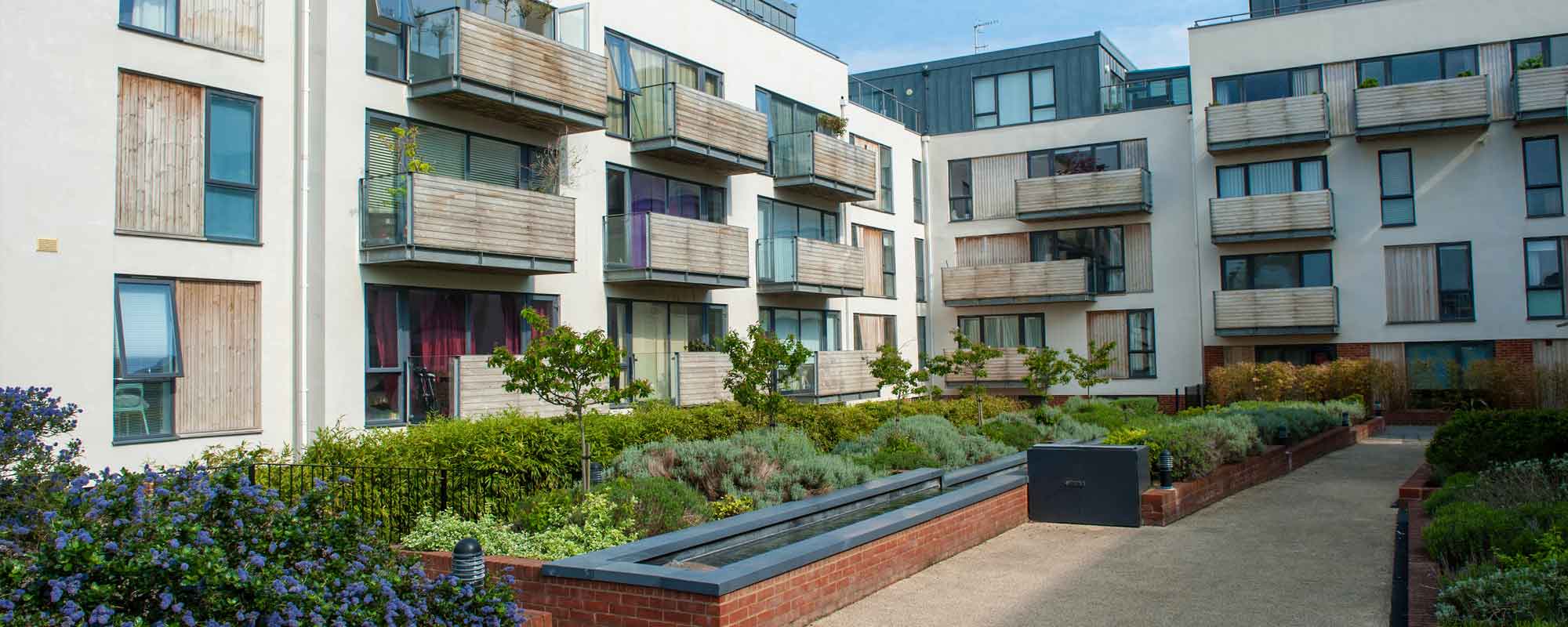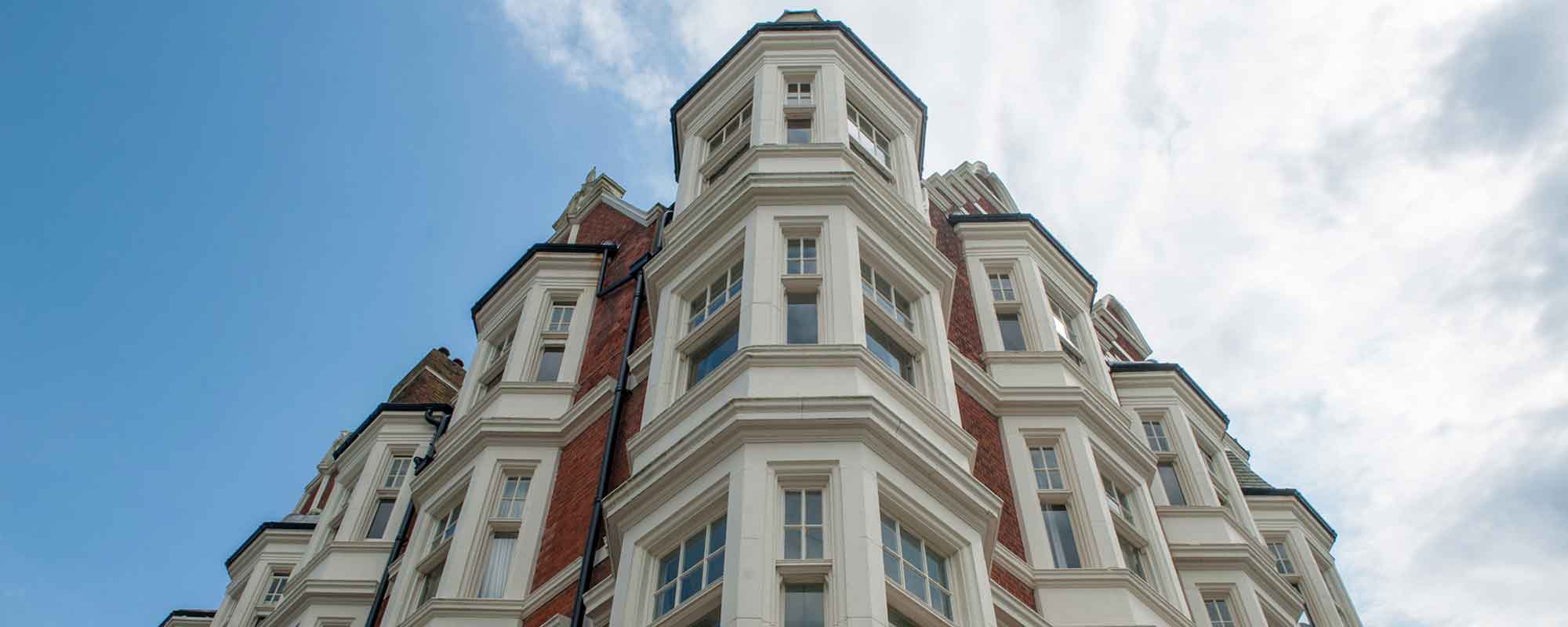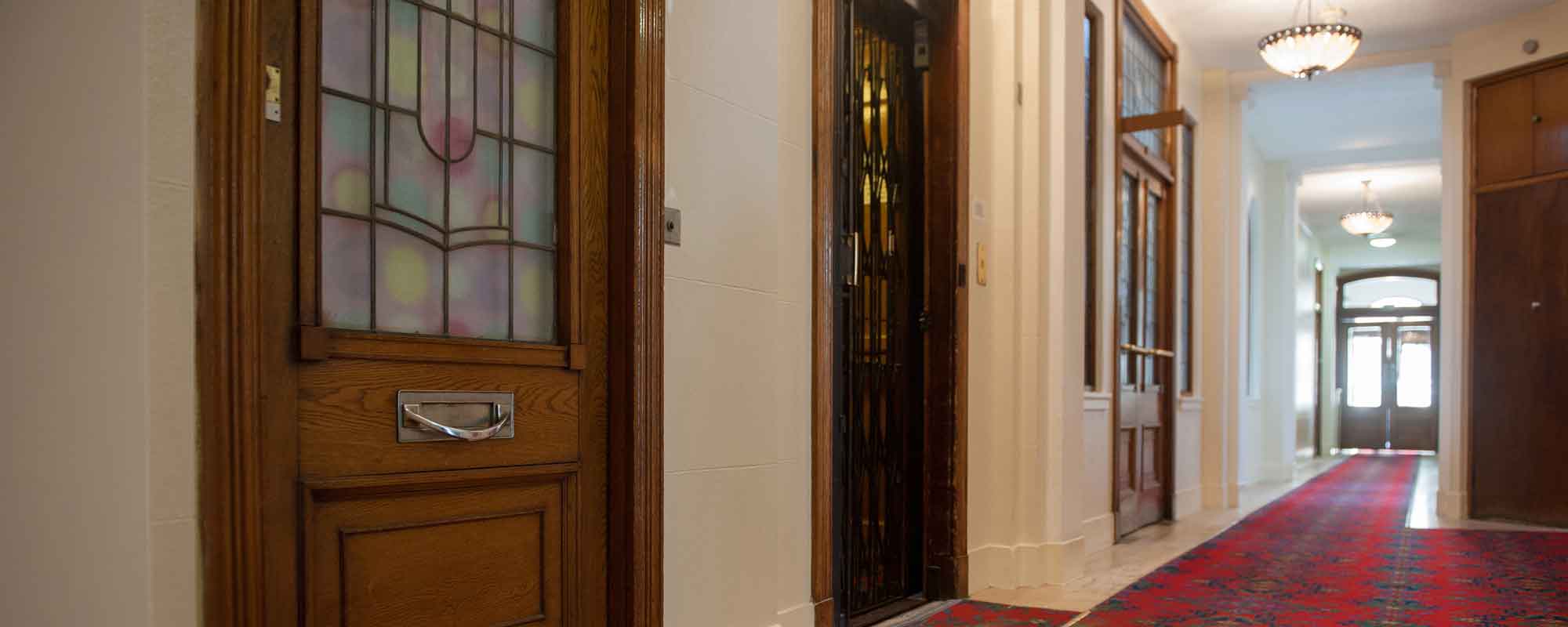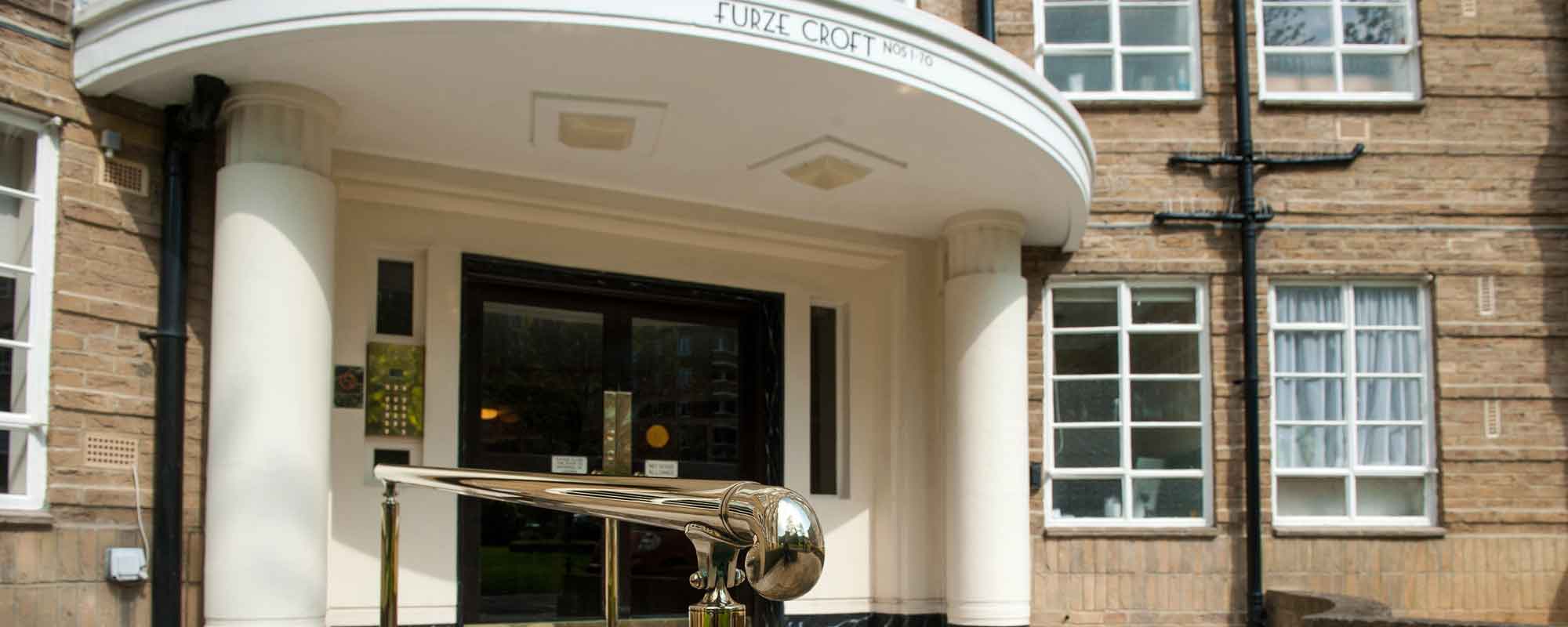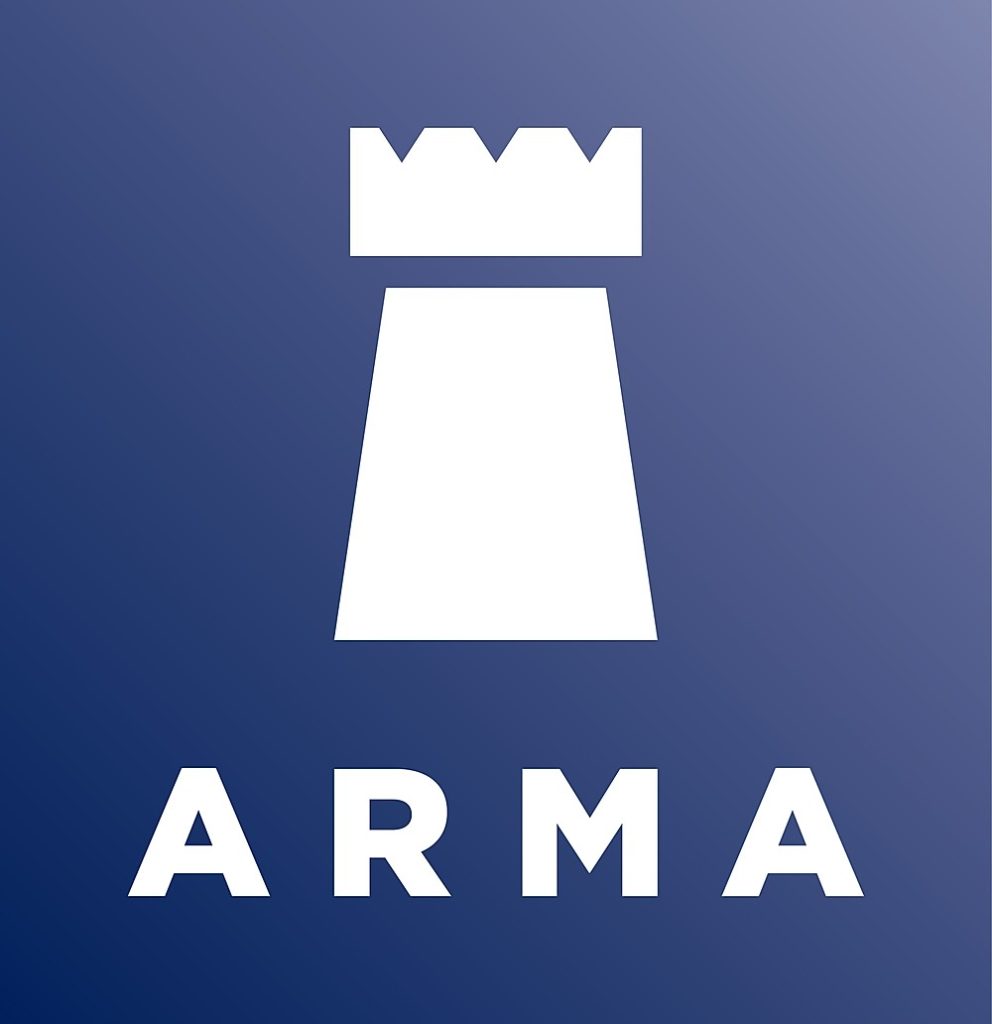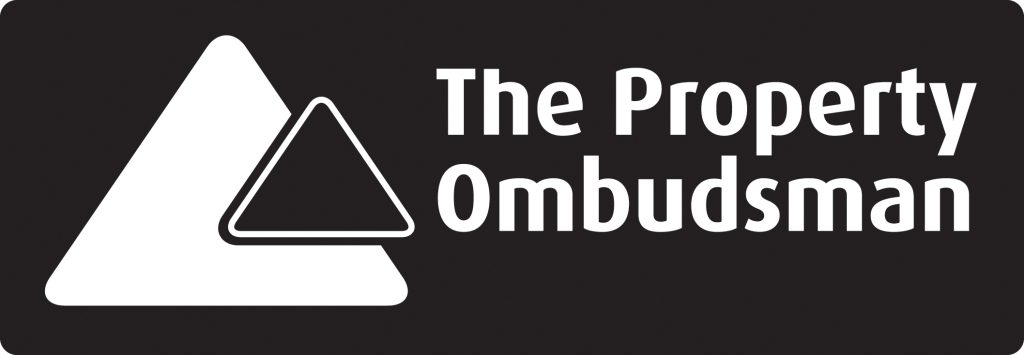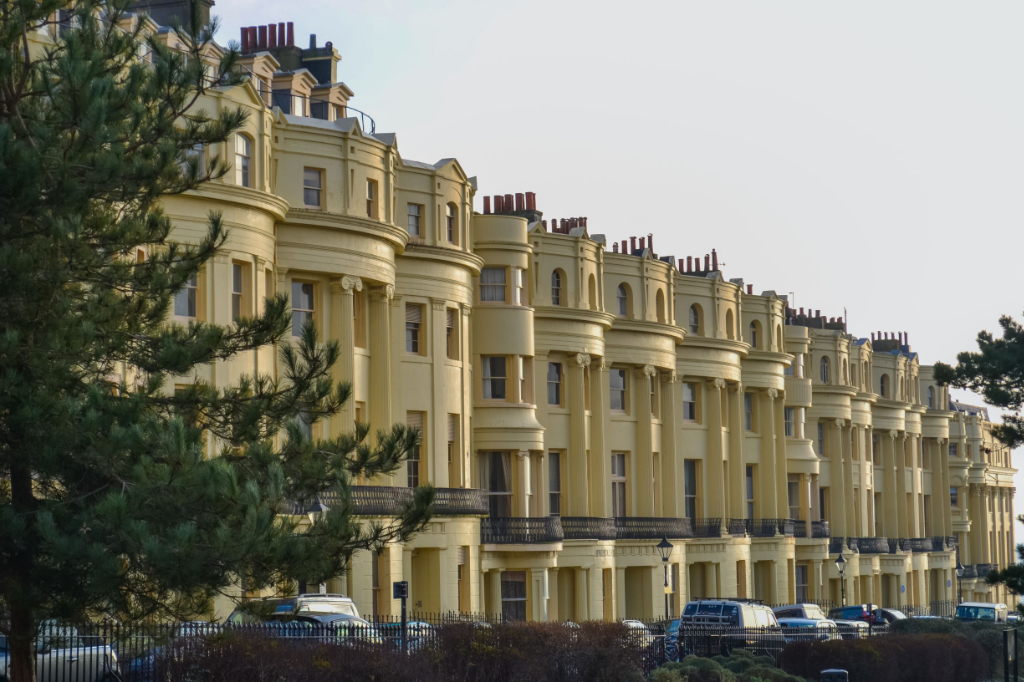
Brighton & Hove has a rich and varied local heritage, making it fairly common for sections of the city to be placed within a conservation area. These areas are considered to be of “special architectural or historic interest, the character or appearance of which it is desirable to preserve or enhance”, as stated in the Planning Act 1990. Rather like a listed building, a conservation area is assigned protection, but with the protection covering an area of the city rather than an individual building.
Each specified area, such as Brunswick Square in Hove or Kemptown in Brighton, will commonly hold a document referred to as a Character Statement, which provides the reason behind the conservation status. This document, bolstered by local history, gives a detailed overview of the conservation area, listing the individual streets that are included as well as information on significant structures found within them. This makes for fascinating reading both for local residents and budding Brighton & Hove historians, which is more than can be said for the regular council issued documents!
But how does being placed in a conservation area affect a property owner? And what is the simplest way to find out if you are indeed within one?
Brighton & Hove City Council have a handy directory that can be found at https://www.brighton-hove.gov.uk/content/planning/heritage/conservation-areas-street-directory. Should you find that you live within a conservation area, your property may be subject to “Article 4 Directions”, restricting works that can be undertaken without planning permission to ensure that particular elements of architectural significance remain in place. These controls will mostly apply to the exterior of a property and should therefore not create too much of an issue for any leaseholders wanting to make internal alterations. Nevertheless, it’s always advisable to contact the local planning authority if you are unsure.
